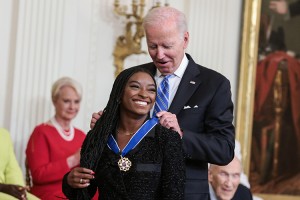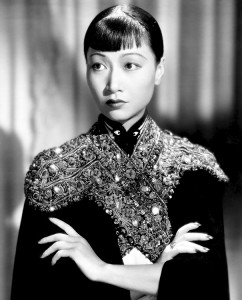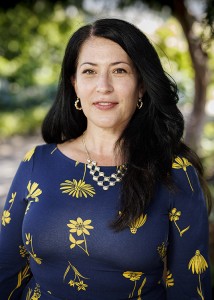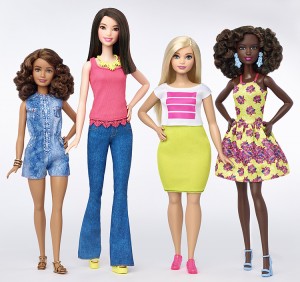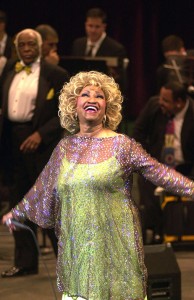The Aces Ace the Championship Again
Thursday, October 19th, 2023On Wednesday, October 18th, the Las Vegas Aces defeated the New York Liberty, 70 to 69, to clinch the best-of-five Women’s National Basketball Association (WNBA) Finals, three games to one, at the Liberty’s home court the Barclays Center in Brooklyn, New York. The Las Vegas Aces took home their second championship in a row, becoming the first WNBA team in 21 years to win the title consecutively. Finals MVP forward A’ja Wilson led the team while guard Chelsea Gray, center Kiah Stokes, and forward Candace Parker sat out due to injuries. Las Vegas became the first team in league history to win a playoff without multiple starters who played the previous game.
Australian center for the Aces Cayla George scored 11 points in 30 minutes. Regular season MVP New York Liberty forward Breanna Stewart only scored 10 points in the entire game. Wilson played 39 of the 40-minute game, scoring 24 points and securing 16 rebounds.
Las Vegas coach Becky Hammon, helped the Aces meld their exceptional individual talents into a strong championship unit. Hammon had been an assistant coach with the NBA’s San Antonio Spurs and a seven-time All-Star in a 16 year WNBA career. Hammon secured star Candace Parker for the season. Although Parker was out on injury, she is now the first player in the WNBA to win three championships from three different teams after playing for the Los Angeles Sparks and the Chicago Sky.
The basketball teams met for Game 4 before a large Liberty home crowd. The score remained close throughout the game with the Liberty gaining a lead and the Aces catching up several times. The Aces gained momentum to control the game at the end of the third quarter, bringing the score to a tie at 51. With the Aces leading the game at 70 to 69, Liberty forward Breanna Stewart attempted a three-pointer at the last second but fell short.
The Aces’ Wilson was named Defensive Player of the Year. The All-WNBA Team included Wilson, Breanna Stewart, and Alyssa Thomas who plays for the Connecticut Suns. Indiana Fever forward Aliyah Boston was named Rookie of the Year. The Connecticut Suns coach Stephanie White was named Coach of the Year.




